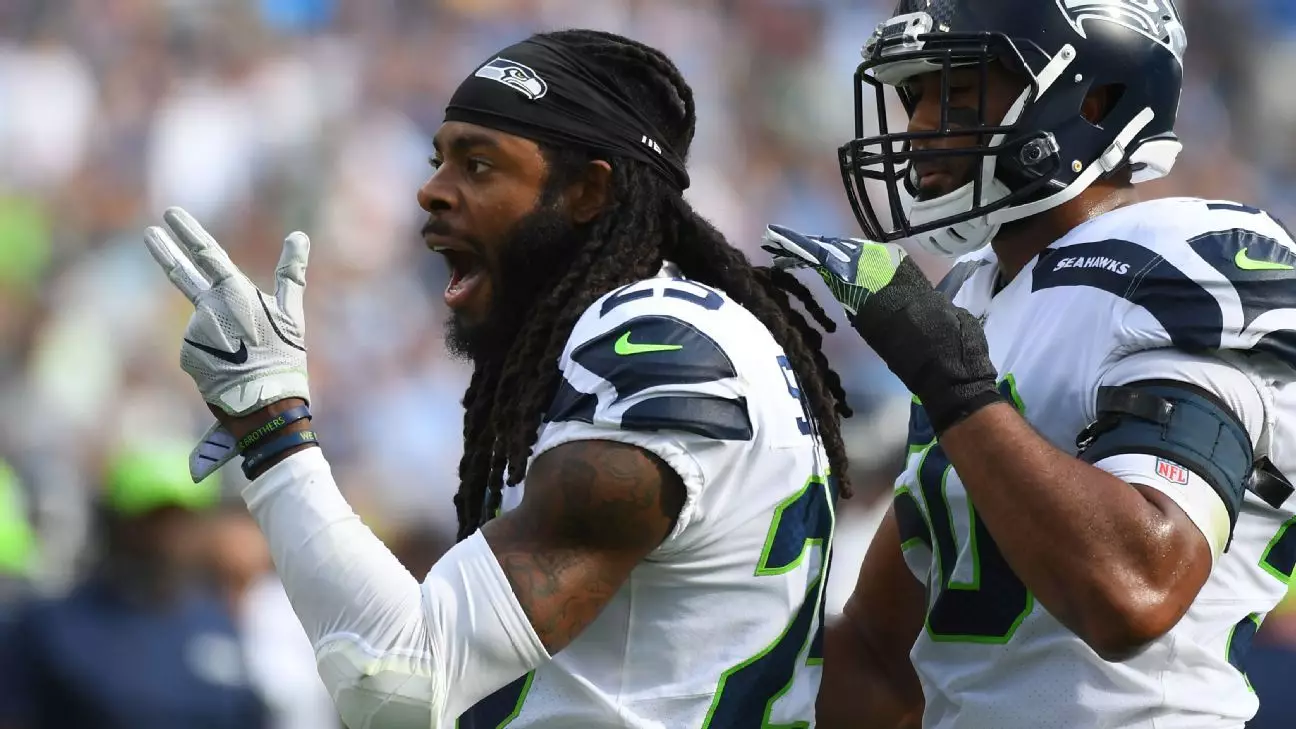High-Stakes Crime: Athletes Vulnerable to Burglary Epidemic
Imagine living a life where your every move is scrutinized by the public, where your achievements are celebrated, but your privacy is constantly under threat. That’s the reality for many professional athletes today, who find themselves increasingly targeted by burglars. Having followed sports passionately for years, I’ve always admired athletes’ dedication and skill. But recent events have made me reflect on their vulnerability off the field, particularly with a troubling increase in burglaries aimed at their homes.
It’s a sobering thought that despite their fame and fortune, these athletes face real dangers that can disrupt their lives. I remember feeling particularly unsettled when I heard about the case of Earl Henderson Riley IV, who was charged with burglarizing the homes of several prominent sports figures. It struck me as a stark reminder of how these individuals, whom we often see as larger-than-life, are susceptible to crimes that affect us all. This realization has deepened my empathy for them and the challenges they face beyond their sporting careers.
As someone who loves sharing stories about the human side of sports, this topic resonates deeply with me. It’s not just about stolen goods or disrupted lives; it’s about understanding the vulnerabilities that come with being in the spotlight. I hope that by exploring this issue, we can foster more empathetic discussions around the security and well-being of those who entertain and inspire us.
Key Takeaways
- Athletes face increased risks of burglary due to their public profiles and extravagant lifestyles.
- Organized crime syndicates are adapting to target athletes’ unique travel and living patterns.
- Law enforcement is working on strategies to mitigate these risks but faces significant challenges.
The Rise of Targeted Thefts
The trend of targeting athletes has become an alarming epidemic over recent years. These aren’t isolated incidents; they’re part of a broader pattern where organized crime groups hone their skills to exploit high-profile individuals. The fact that names like Patrick Mahomes and Travis Kelce have been affected highlights the pervasive nature of this issue. In response, major sports leagues like the NFL and NBA have issued warnings to players about potential risks tied to their fame and wealth.

Law enforcement agencies have recognized this disturbing trend and are taking steps to advise sports leagues on how best to protect their players. However, questions remain about the effectiveness of these measures when thieves appear relentlessly adaptable. The criminals seem to understand athletes’ travel routines and personal schedules better than anyone might expect, making it crucial for authorities to develop innovative solutions to stay ahead of these threats.
Athletes as Easy Targets
Athletes’ vulnerabilities arise from a mix of societal expectations and the pressures that come with public life. While they are celebrated for their skills and successes, this fame often brings unwanted attention. Their wealth becomes an attractive target for those seeking quick gains through theft, especially when athletes are away for games or training sessions. The case involving Riley underscores this reality—demonstrating how seemingly secure lifestyles can be disrupted by audacious criminals.
The dual demands placed on athletes during busy seasons—when they’re expected to perform at peak levels—can further compromise their security. With focus primarily on their games, personal safety may inadvertently take a backseat, creating opportunities for criminals to exploit gaps in security. This dynamic creates a precarious balance between maintaining professional commitments and safeguarding personal spaces.
The Role of Law Enforcement
In the aftermath of such crimes, law enforcement bears significant responsibility for ensuring athlete safety. Statements from officials like King County Prosecuting Attorney Leesa Manion emphasize a commitment to rigorous accountability for criminal behavior. However, systemic challenges in handling high-profile cases can sometimes lead to less-than-ideal outcomes in terms of justice being served.

Earl Henderson Riley IV’s case is particularly telling—with a substantial cash bail set at $1 million—highlighting both legal complexities and mounting evidence against him. As investigations continue, patterns of vulnerability among athletes remain evident. A collaborative approach involving various jurisdictions aims to dismantle organized crime networks targeting these public figures, yet this process remains fraught with difficulty and requires ongoing effort.
Final Thoughts
The striking reality highlighted by Earl Henderson Riley IV’s case paints a broader picture about crime in America—where fame not only draws admiration but also danger. Until protective measures and community support systems become more robustly established, public figures may continue navigating a risky landscape filled with both opportunities and perils. As society engages with these issues, there is an urgent need for greater empathy toward athletes’ struggles alongside calls for enhanced security measures that restore peace of mind.
athlete security burglary epidemic public figure vulnerability


Leave a Reply